Do German Shepherds Like the Cold? An In-Depth Guide for Dog Owners

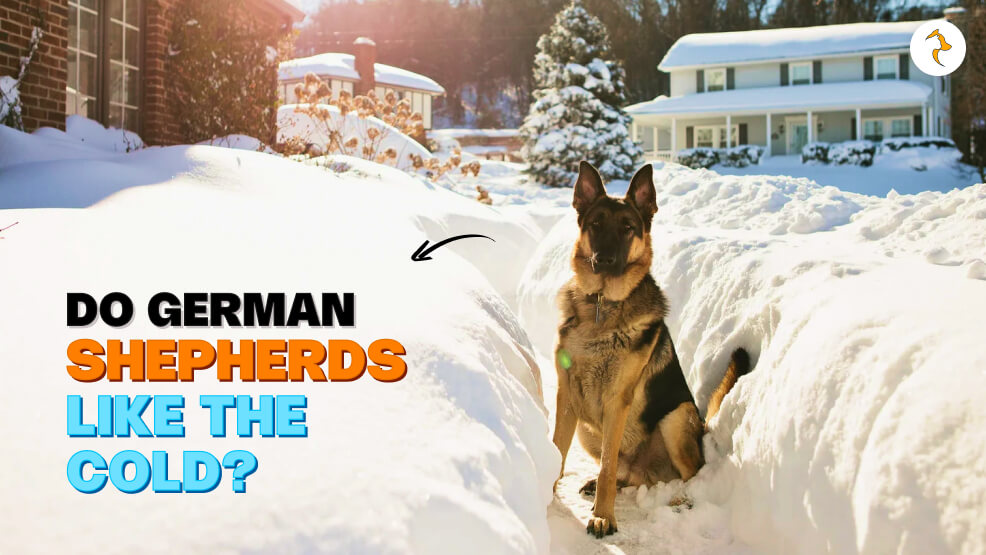
German Shepherds are intelligent, loyal, and adaptable dogs. They’ve been working animals, police dogs, and family companions for centuries.
Many owners—particularly those who live in cold climates—ask one question: Do German Shepherds like the cold?
The quick answer is that German Shepherds enjoy cold weather, with their double coats of thick fur and active lifestyle.
There is a caveat, however, and it’s good to know how to keep your German Shepherd warm and safe in cold weather. This resource covers temperature safety through fun snow playtime games.
How Do I Know My German Shepherd Is Cold?
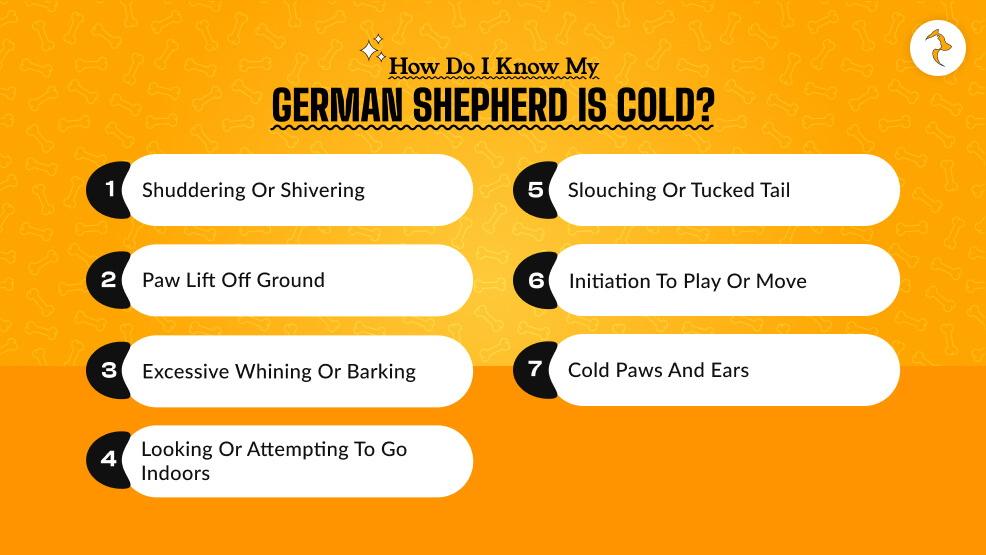
German Shepherds are more tolerant too cold than most dog breeds, yet they are not cold proof.
It is crucial to learn the signs your German Shepherd is in pain or too cold to avoid inflicting damage to their well-being.
Some of the signs your German Shepherd is too cold include:
- Shuddering or Shivering: A physiological response to create body heat.
- Paw Lift Off Ground: This indicates that the ground or snow is too cold to bear.
- Excessive whining or barking: A sign that they wish to go inside or are not at ease.
- Looking or attempting to go indoors: The instinct of dogs is to be warm.
- Slouching or tucked tail: These are defensive attitudes utilized to conserve body heat.
- Initiation to Play or Move: Indication of being open and in discomfort.
- Cold Paws and Ears: Physical indication that they are not covered.
Get your pup indoors or provide heat if you spot any of them.
Do German Shepherds like the Cold – Is it Too Cold for them?
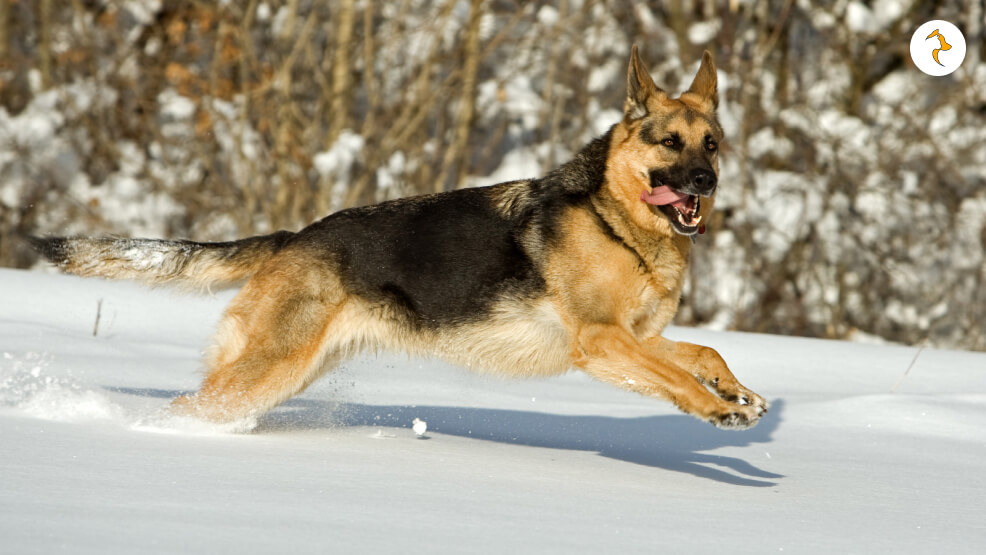
German Shepherds can tolerate 20°F (-6°C) for a short time if they are in good condition and energetic. Cold exposure must be avoided at below 20°F, though.
Here is a useful guideline:
- More than 45°F (7°C): Long outdoor play is okay.
- 20°F (-6°C) to 32°F (0°C): Short exposures outside with adult close supervision are fine.
- 10°F (-12°C) to 20°F (-6°C): Time outside can be cut to 20-30 minutes.
- Below 10°F (-12°C): Highly dangerous risk of frostbite and hypothermia. Short exposure outside under close adult supervision.
Each pup is unique—in age, health, and acclimatization, to mention but a few. Always be on your toes and attuned to your pup’s stress or distress cues.
What Is Too Cold for a German Shepherd Puppy?

Puppies are especially sensitive to cold as they are young, have lighter coats, and are not fully developed enough to keep their bodies warm. They require special care and attention in winter.
- Below 45°F (7°C): Consider dressing them in clothing, like a dog sweater or coat.
- Below 32°F (0°C): Shorten the time they are outdoors and monitor them.
- Below 20°F (-6°C): Attempt to keep them indoors if possible.
Puppies should be confined indoors in a draft-free, warm location and only allowed outside for brief potty breaks or playtime. They should also wear inappropriate attire.
Do German Shepherds like the Cold- Can They Walk During the Winter?
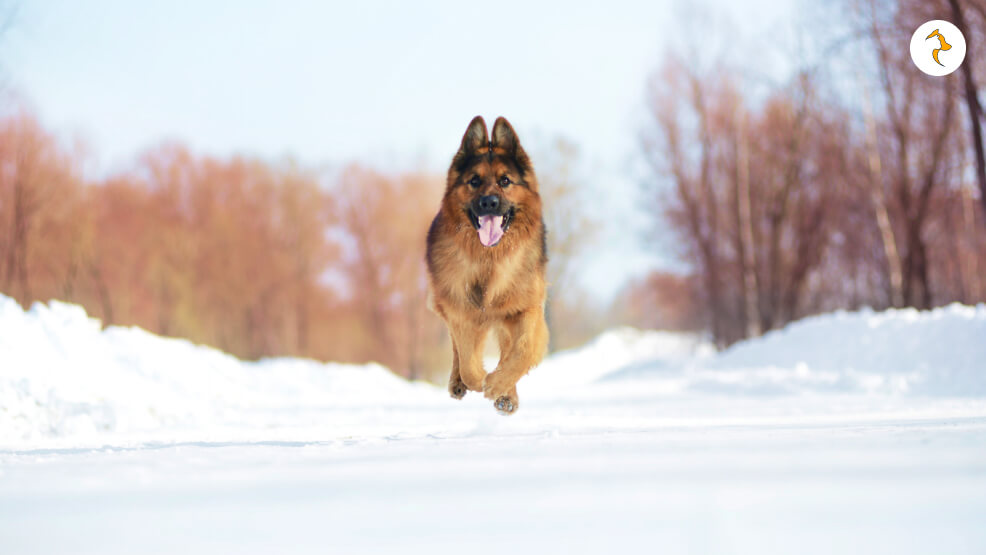
Yes, and you should! Walk your German Shepherd daily, regardless of the weather. Winter walking can be invigorating and fun for your dog if you take some precautions:
- Coat the Dog if Necessary: Seniors, puppies, or short-haired crossbreeds will require coats.
- Dog Booties: Protect from salt, ice, and fragments of hard ice.
- Brief Walks on Icy Cold Days: Particularly if the wind chill is severe.
- Steer Clear of Salted Sidewalks and Snow-Plowed Streets: Salt is irritating and toxic if swallowed.
- Watch for Cold Stress Signs: Notice limping, shivering, or a show of exhaustion.
- Dry their Paws on Return: Use a towel to dry and remove salt.
Winter walks are an excellent bonding experience, exercise, and mental stimulation for your dog.
Why German Shepherds Are Such an Excellent Breed for Cold Weather?
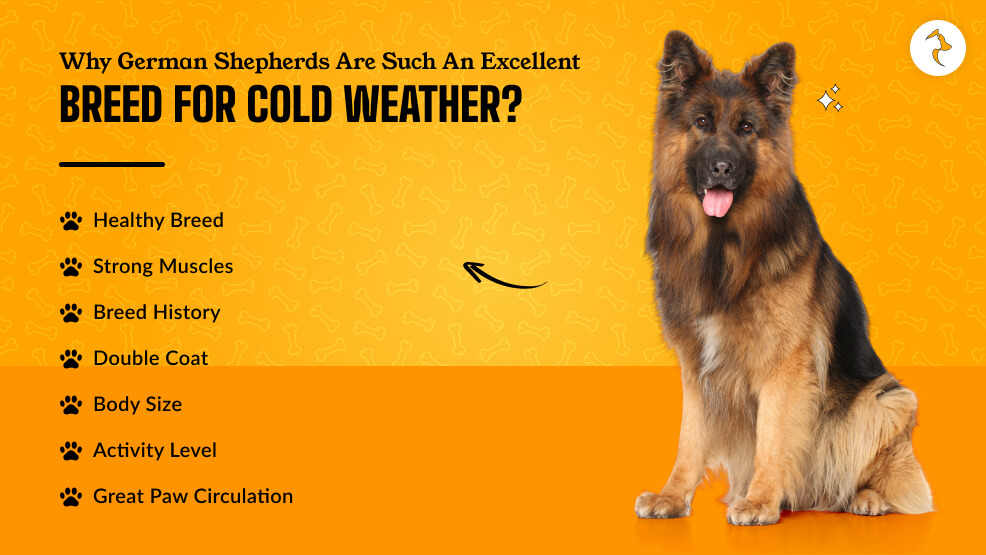
German Shepherds are usually considered among the best dog breeds suited for the winter season. But the real question is, why are they considered an excellent breed for the cold weather?
1. Healthy Breed
German Shepherds are generally healthy and strong if well-bred and properly cared for. Their physical strength and immune systems enable them to withstand cold weather better than more delicate breeds.
2. Strong Muscles
The athletic build of this breed assists in retaining body heat produced by exercise. Their muscular build can produce and retain heat better, assisting in thermoregulation even in cold conditions.
3. Breed History
German Shepherds were originally bred to herd sheep in less-than-pleasant conditions outside. Early exposure to cold contributed to the development of a cold-resistant breed.
4. Double Coat
Their double coat is one of their finest attributes in winter:
- Outer coat: Water-repellent, thick fur bars, snow and wind from penetrating.
- Undercoat: Soft and dense, it traps warmth by holding heat close to the body.
5. Body Size
Large dogs conserve body heat better because of their lower surface-area-to-volume ratio. German Shepherds, with their medium size and weight, are more cold-resistant.
6. Activity Level
Working dogs, such as German Shepherds, naturally produce body heat while working and conserve it while working or playing.
7. Great Paw Circulation
German Shepherds possess excellent blood circulation in their extremities. Their unique paws don’t allow frostbite, and their special vascular system keeps their paws warm in freezing weather.
Do German Shepherds like the cold – Games to Play in the Snow
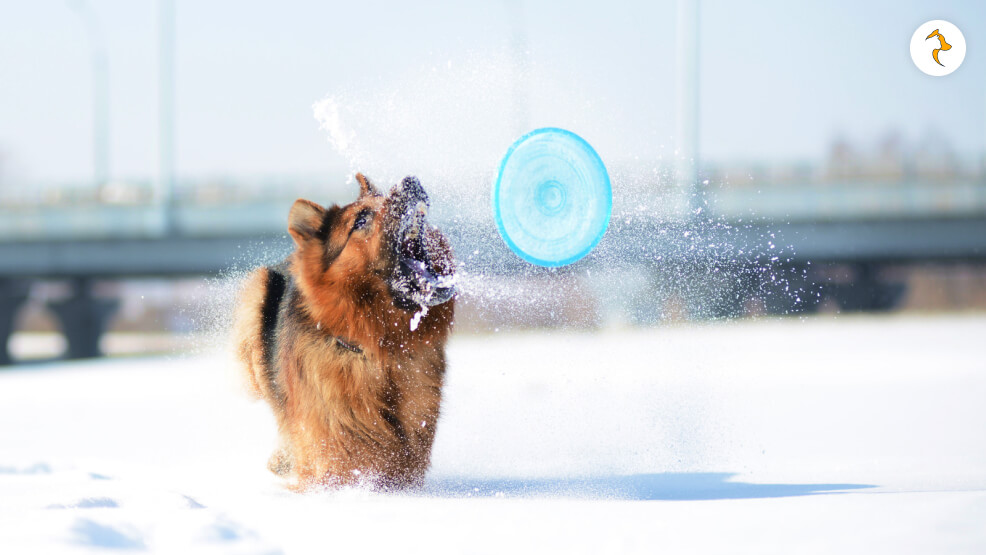
Playing in the snow with your pet dog during winter is not only enjoyable but also a great way to warm them up and keep them limber.
1. Fetch
Play glow-in-the-dark or play with light balls in the snow. Fetch gets your dog physically active, which warms them up and relaxes the muscles.
2. Hide and Seek
Hide and seek in woods or snowbanks. It builds your relationship and provides mental stimulation.
3. Snowman Building
Build a snowman and place treats or toys inside. Have your dog excavate them—this is exercising and problem-solving.
4. Sled Pulling
Harness the correct type and let your German Shepherd pull a light sled. It fulfills their working instinct and provides them with a sense of direction.
5. Snowball Fight
Play with soft snowballs and toss them for the dog to run after. Just don’t use icy shards or overconsume snow.
6. Follow the Leader
Make a track in the snow for your dog to walk behind. Add obstacles like snow mounds or go-around trees.
7. Sniff Walk/Scavenger Hunt
Hide treats along a path of snow or under little piles of snow. It warms their nose and mentally stimulates them.
8. Tracking
Let your dog track your footprints or another scent. It is something that utilizes their natural abilities.
Is 45 Degrees Too Cold for a German Shepherd?
45°F (7°C) is ideal for healthy adult German Shepherds. They can walk, play, or attend a training session without issues.
This may be too cold for extremely young puppies, older animals, or animals with ongoing health problems. Wind and wetness also make it feel colder.
How Long Can a German Shepherd Stay Outside in Cold Weather?
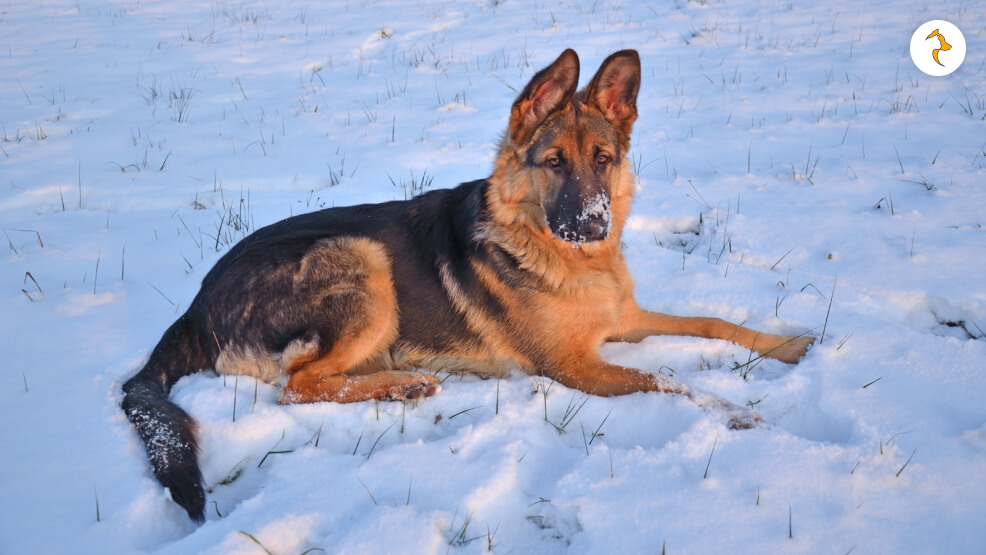
Outdoor time needs to allow for the weather:
- >32°F (0°C): Several hours if in good health and physical shape.
- >20°F – 32°F: 30–60 minutes safe depending upon wind and moisture.
- >10°F – 20°F: Limit exposure to 20–30 minutes with close attention.
- <10°F: 10–15 minutes or less. Monitor closely for the first sign of distress.
Provide warm shelter and fresh, unfrozen water at all times.
How Do German Shepherds Tolerate the Cold Weather?
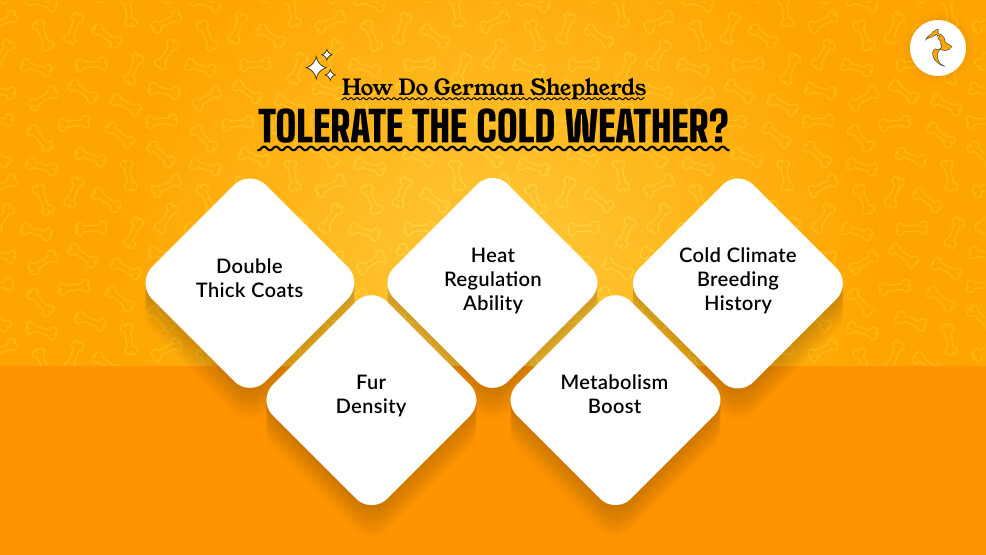
Usually, dog breeds used to living in colder climates are well equipped to tolerate the harsh cold climate better than any other dog breed.
1. Double Thick Coats
This is their first and foremost defense. Their undercoat is warm, while the outer one keeps snow and wind at bay.
2. Fur Density
Their winter undercoat is thickened to provide them with additional insulation. Frequent brushing prevents this shedding and allows their coat to work properly.
3. Heat Regulation Ability
German Shepherds modulate activity levels and body positioning to regulate internal temperature.
4. Metabolism Boost
Cold weather stimulates their metabolism and boosts their energy and internal heat production.
5. Cold Climate Breeding History
Their cold climate breeding history is partly why they can acclimate naturally to snow, ice, and freezing temperatures.
6 Ways to Keep Your German Shepherd Warm During Cold Weather
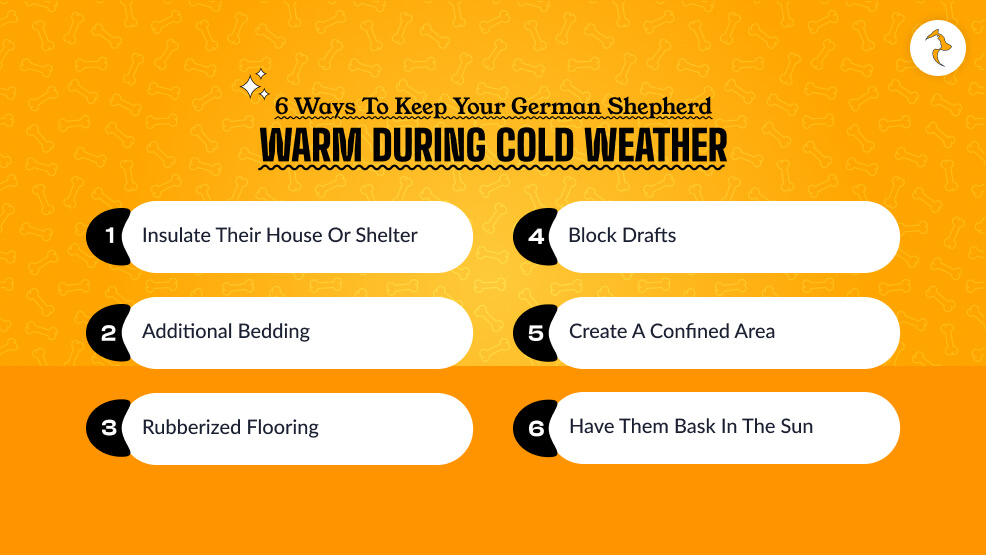
Here are the best ways to keep your German Shepherd warm, even in cold weather. The methods described here are not very complicated, even if they might seem that way.
1. Insulate Their House or Shelter
To prevent heat loss, dog houses must be raised off the ground, waterproofed, straw-lined, thermal blanket-lined, or foam-insulated.
2. Additional Bedding
To warm older dogs’ bodies and joints, utilize several layers of blankets, a thick dog bed, and even a heated mat.
3. Rubberized Flooring
This keeps his paws from contacting cold floors, particularly in outdoor kennels. Rubber mats also cushion and don’t slip.
4. Block Drafts
Check windows and doors for cracks. Clear your dog’s bed of drafts and cold spots. Draft stoppers may be necessary.
5. Create a Confined Area
Create a snug cubicle using ripped pillows, towels, or cushioned boxes draped in blankets. Dogs prefer to burrow in cubicles during winter.
6. Have Them Bask in the Sun
Leave blinds or curtains open to let sunlight into the spaces where they like to sleep. Sunbathing is a natural and easy method of warming up.
Additions to alternatives are:
- Insulated sweaters or dog jackets
- Heated water bowls
- Dog-paw-friendly paw wax or booties
Do German Shepherds like the cold? Mostly—Yes!
Their tough heritage, thick coat, and high-strung nature make them fine companions for cold countries. But they also require supervision, watching, and warm quarters when it becomes cold.
By getting to know your German Shepherd’s needs, modifying outdoor time accordingly, and incorporating warm touches into their surroundings, you can help your German Shepherd get along just fine on winter days.
And if you throw a pinch of outside-the-box thinking into the equation, you and they can even use cold weather to your advantage to make it high-quality companionship time punctuated with white winter wonderland play.

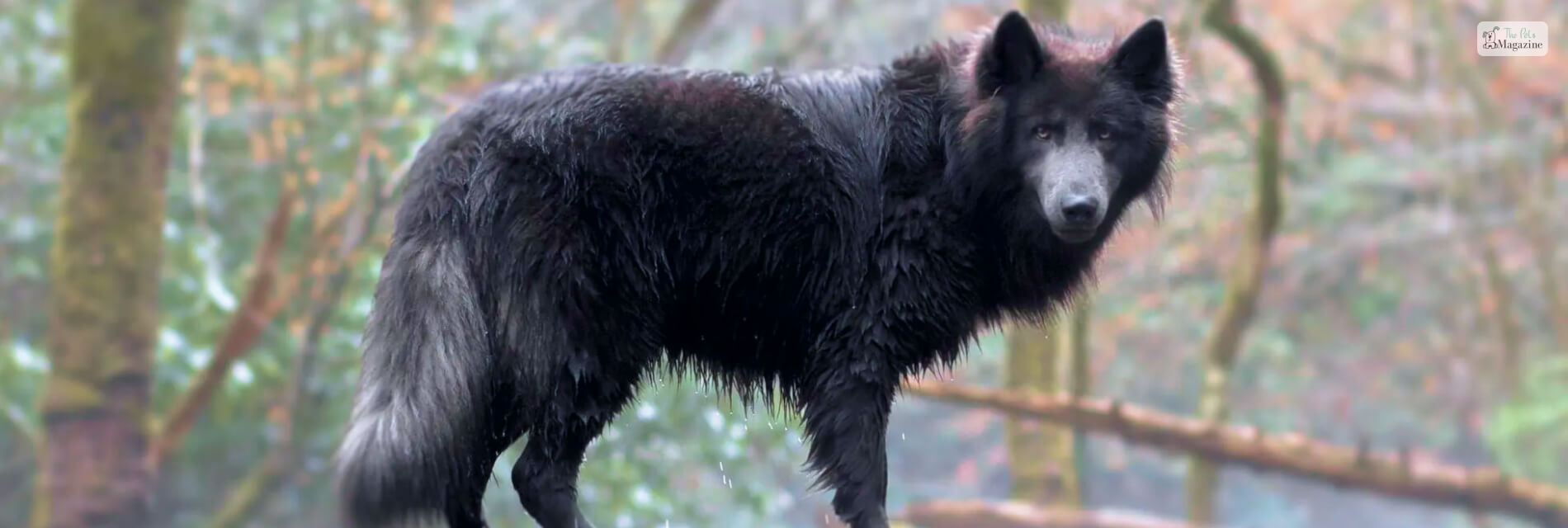


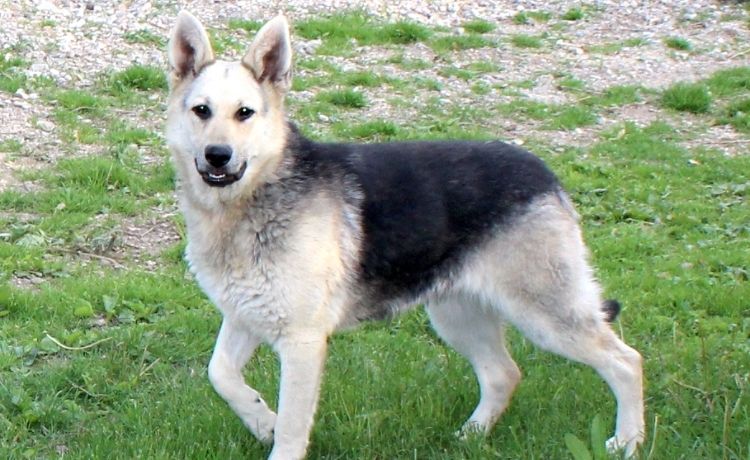
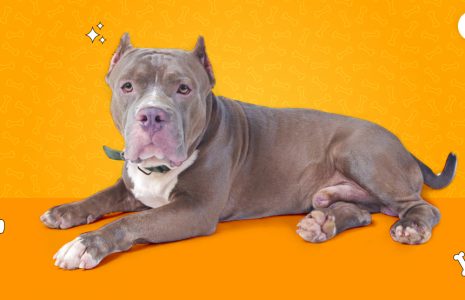


Leave A Comment